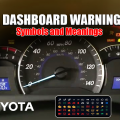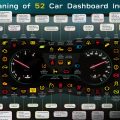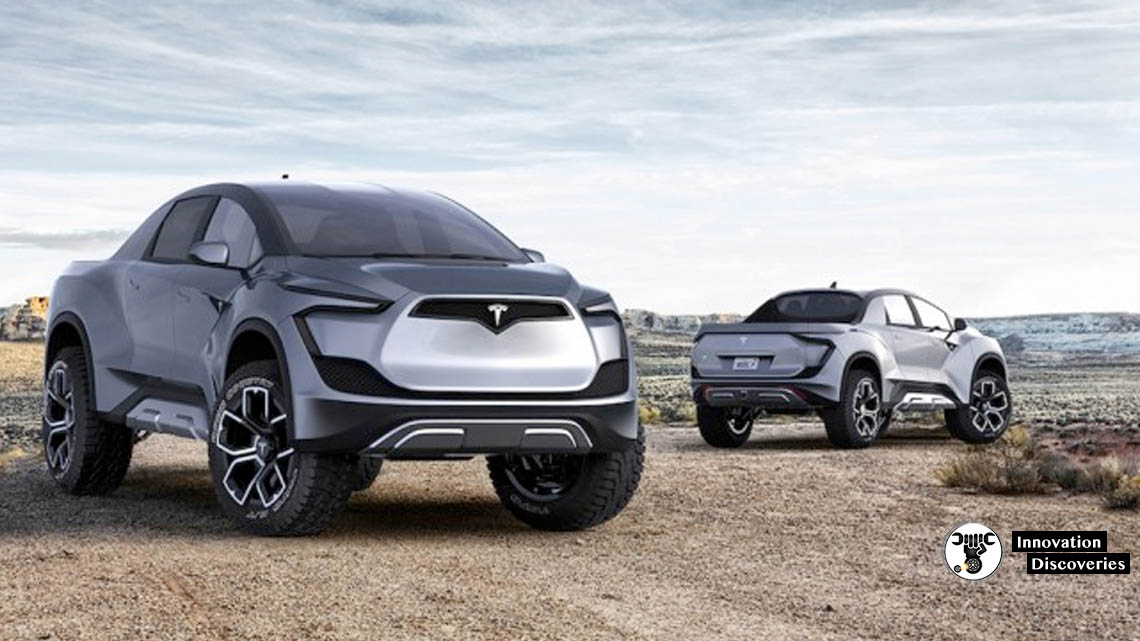
Every vehicle is equipped with several different car light types, each with its own unique and important purposes.
Some people may not even be aware of all of the different lights on a car, but it’s important to know about each of your lights, use them properly, and maintain them frequently.
Here are common car light types and their purposes:

Hazards
Your hazards are flashing car lights that must be manually turned on. They should only be used for emergencies.
Only use them in motion to warn other drivers of a hazard ahead.
Use them when stopped if you’re causing a hazard or obstruction, but do not use them unnecessarily or assume because you have them on that you can park wherever you want.
Also, remember that just because you have them on doesn’t mean you’re safe from oncoming traffic.
Another important thing to remember is that if people see hazard lights flashing, they will think something is wrong, so make sure you only use them when appropriate and remember to turn them off when the hazardous situation has passed.
Read: AIMING HEADLIGHTS: HOW TO GET THE PROPER ALIGNMENT

Brights/High-Beams
Your headlights have 2 different settings, low-beam, and high-beam.
The high-beams are very bright and centred straight, as opposed to the low-beams that are directed outward and slightly downward.
High-beams can be blinding to an oncoming car, so they should only be used when there are no cars in front of you.
There are usually different bulbs responsible for the low-beams and high-beams, so if one goes out the other may still work.
High beams are useful for driving at night on unlit roads. Just remember to turn them off when another car approaches to avoid blinding them.

Brake Lights
Your brake lights illuminate when you’re stopping, but it’s important to use and maintain them properly.
Tapping on your brakes repeatedly when coming to a sudden stop can help get the attention of drivers behind you and possibly avoid a collision.
Many people don’t discover that a brake light is out until they’re getting pulled over.
To avoid a ticket and points on your license for this, check your brake lights once a week by asking someone to stand behind the car while you tap on the brakes.
Take Quiz – IN THIS BRAKE LIGHT QUIZ, CAN YOU GET 100 PERCENT?
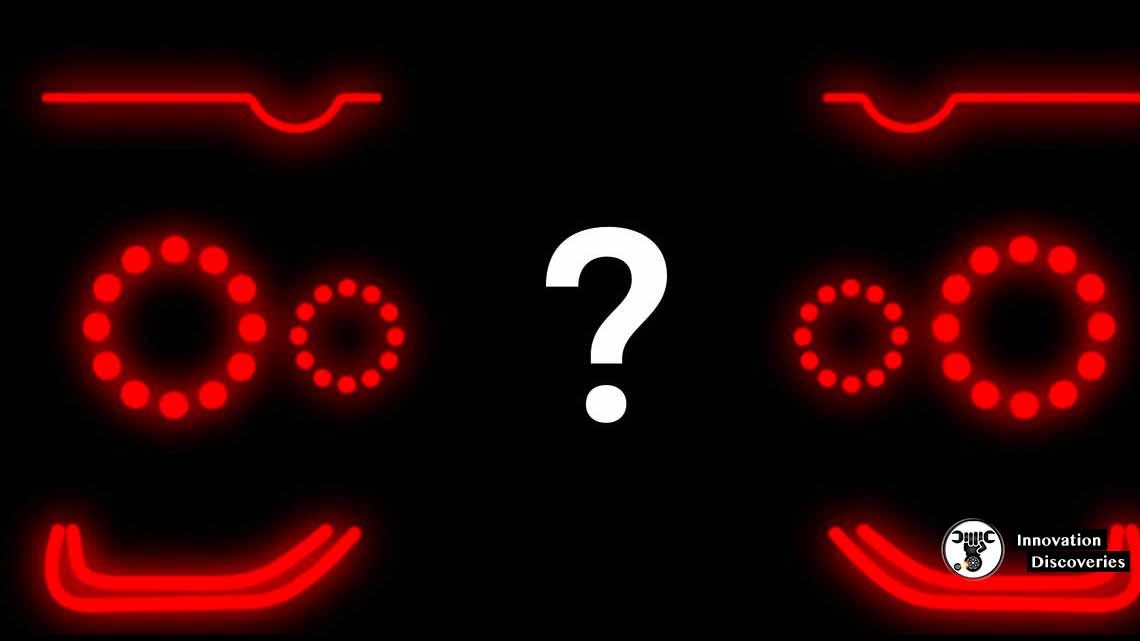
Fog Lights
One of the different lights on a car is fog lights.
Many people wonder when driving in fog what lights should be used.
Depending on the thickness, your low or high beams may each work better than the other, but your car also may have fog lights you should turn on.
The purpose of fog lights is to make you more visible to other drivers, rather than to improve your visibility.
They are usually located lower on the car than your headlights to be visible below the fog line.
They are usually yellow or amber to draw attention to the vehicle.
In dense fog, your high beams can bounce back off the moisture in the air and make it harder for you to see.
Fog lights make you more visible without reducing your visibility.
Daytime Driving Lights
Most cars have daytime driving lights that automatically turn on when the car is running to provide additional visibility to other cars.
Usually, there is an option to turn these off if you don’t want them on.
If available, it is useful to set your lights on automatic so your car can adjust to the amount of detectable light.
This helps ensure the right amount of light without having to constantly monitor it yourself.

LED Lights Bulbs
It is important to know the different lights on a car and what they are used for, but there are also several different types of light bulbs you can use for these different lights.
One example of a car light type is an LED light bulb.
LED lights are an extremely energy efficient type of headlight and have started to make a strong appearance in modern-day headlights.
These headlight types are versatile and the bulbs can be formed into many different shapes.
This allows LED lights to be designed in new and creative ways for both headlights and taillights.
Car manufacturers are starting to utilize these types of headlights to give cars a unique appearance.
LED light bulbs also do not get as hot as traditional light bulbs, giving them a longer life.
Switching to LED headlights may be just the thing you are looking for to get a bright and unique look with a bulb that has longevity.
Read: 6 KILLER TIPS FOR CAR HEADLIGHT REPAIR AND INSTALLATION
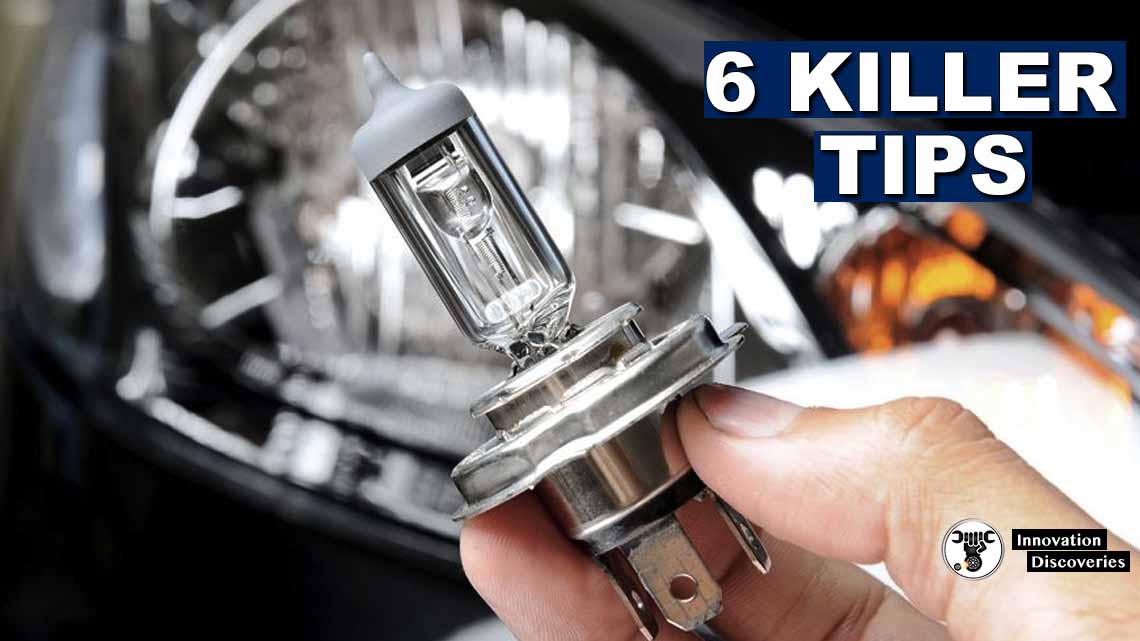
HID Light Bulbs
Another car light type that can be used for the different lights on a car is the HID light bulb.
Like the previously mentioned LED light bulbs, HIDs are being used more and more in modern car.
These types of lights are unique because they do not have a filament as most light bulbs do.
The reaction caused by shooting an electrical current through a circular bulb filled with different types of vapours and gases allows the HID bulb to emit light, and the strong beam of light created by the HID light bulb is ideal for headlights.
These lights do take a minute to warm up and reach maximum brightness, which can be a downside for consumers.
However, this car light type is great for another bright and unique look for your car’s headlights.
It is important to know the different lights on a car and how they work, as well as the different type of light bulbs you can put in them.
Knowing these things can make you safer on the road and more prepared for variable driving conditions.
Understanding more about your car will always lead to safer driving, and learning about your car’s lights is no different.
Exterior car light types and their different functions are there to keep you and those around you safe.
You can also keep yourself and other drivers safe by protecting your lights with taillight and headlight covers.
Matrix LED Headlights
Matrix LEDs are advanced headlights that automatically adjust the light pattern to avoid blinding oncoming drivers while still providing high-beam illumination.
- Found in premium models like Audi and BMW
- Improves visibility without manual switching
- Uses multiple LEDs that turn on/off based on real-time traffic data
Laser Headlights
A cutting-edge technology available in some high-end vehicles:
- Brighter and longer-reaching than LEDs (up to 600 meters)
- Smaller and more energy-efficient
- Used in BMW i8 and some Audi models
- Expensive, but may become mainstream in the future
Adaptive Headlight Systems
These headlights adjust based on vehicle speed, steering angle, and road conditions.
- Turns slightly to follow curves in the road
- Some systems even adjust beam intensity automatically
- Increases safety on winding roads and during poor weather
Sequential Turn Signals
Modern cars now include sequential turn signals, where LED segments light up in sequence to indicate turning direction.
- Offers improved visibility and a sleek look
- Now used in brands like Audi, Lexus, and Mustang
- Enhances communication with other drivers
Smart Headlights with Cameras & Sensors
Some newer models feature camera-based smart headlights that:
- Detect oncoming traffic and dim automatically
- Project lane guidance or warning signs on the road
- Adjust brightness for pedestrians or cyclists
| Type | Brightness | Energy Use | Lifespan | Cost | Warm-Up Time |
|---|---|---|---|---|---|
| Halogen | Medium | High | Short | Low | Instant |
| LED | High | Low | Long | Medium | Instant |
| HID | Very High | Medium | Medium | High | 5–10 sec |
🔧 Additional Car Lighting Technologies (2025 Update)
As automotive lighting continues to evolve, here are some new and advanced lighting technologies you should know:
Matrix LED Headlights
Matrix LEDs are advanced lighting systems that use multiple LEDs to selectively light specific areas of the road while avoiding glare for oncoming traffic.
- Automatically adjusts to traffic and road conditions
- Found in luxury models like Audi and Mercedes-Benz
- Offers enhanced nighttime visibility and safety
Laser Headlights
Laser headlights are a next-generation innovation:
- Up to twice as bright and far-reaching as LED lights
- Extremely energy efficient and compact
- Used in high-end models like the BMW i8 and select Audi vehicles
- High cost but potentially revolutionary in the future
Adaptive Headlight Systems
These headlights respond to your steering and speed:
- Light beams curve with the road
- Brighter at higher speeds, dimmer in urban areas
- Helpful in poor weather and on winding roads
- Common in newer SUVs and premium sedans
Sequential Turn Signals
A modern visual upgrade to traditional turn signals:
- Uses LED segments that light in a flowing sequence
- Enhances visibility and aesthetics
- Popular in vehicles like the Ford Mustang, Audi A6, and Lexus models
Smart Headlights with Sensors
The latest generation of headlights integrates cameras and sensors:
- Detects vehicles, pedestrians, and cyclists
- Auto-dimming features prevent glare
- Some project warnings or guidelines onto the road
- Found in top-tier models with autonomous driving features
Quick Comparison Table: LED vs. Halogen vs. HID
| Type | Brightness | Energy Use | Lifespan | Cost | Warm-Up Time |
|---|---|---|---|---|---|
| Halogen | Medium | High | Short | Low | Instant |
| LED | High | Low | Very Long | Medium | Instant |
| HID | Very High | Medium | Medium | High | 5–10 seconds |
If you have more questions about the different lights on a car.
COMPLETE DASHBOARD LIGHT SYMBOLS

Visit Forum
Visit Our Friendly Website


